Your prospect has already visited your website, perused your online content and seen a demonstration of your product or service. What do you do next to convert an active inquiry into a sale?
Prospects must understand the short and long term financial benefits of your solution if they are to make a positive purchase decision. This can be a challenge, as many focus on direct acquisition costs and compare them to the cost of what they’re already doing. Such analyses can be short-sighted and inaccurate because they omit the incremental value delivered by a new solution.
Conversely, ROI and value selling models provide a more nuanced analysis of the cost savings, sales growth, efficiencies and business results that can be achieved with your solution. Because calculators are built upon accepted industry metrics and the specific attributes of your product, sales teams can confidently convey value, ROI and advantages to buyers, executives and finance teams alike.
More Than Meets the Eye
If a value calculator is concise and straightforward, most prospects will take the time to populate it (and share contact information) to obtain its results. But keeping the interface simple means carefully researching, strategizing and designing the intricacies hidden within the calculator.
Balancing external simplicity with internal complexity can be difficult. Organizations that attempt to create their own value calculator can end up with one that’s convoluted and inaccurate. Consequently, its results may be deemed untrustworthy and neither prospects nor sales teams are willing to use it.
Another important factor when creating a successful value selling model is identifying all the variables that create value in a significant way. Whether operational or financial, these are the value drivers that motivate and accelerate purchase decisions. It sounds like it should be easy, but that’s not always the case.
Value drivers can get left on the table for many reasons. Perhaps they’ve been forgotten or are so ubiquitous that they’re overlooked. More problematic is that no one is able to quantify the value being delivered. Collaborating across the organization will help you capture as many insights and perspectives as possible to convey clear advantages and value through your ROI modeling and sales tools.
Tips for Building a Better Value Calculator
1. Keep it simple.
If a prospect doesn’t understand how to use it, you’ve lost an opportunity to showcase the short and long term value of your solution.
2. Keep it accessible.
The information you request should be readily available without undue research or analysis. A good way to do this is to populate the analysis with industry data and benchmarks. After all, if it takes too long to fill in the calculator, prospects may lose interest or trust in the results.
3. Prioritize the value drivers.
Choose those that are the most important to your customers and build your calculator to emphasize how your products and services deliver measurable results in specific ways.
4. Give customers ownership.
Supporting third-party data is useful to set expectations but don’t force it upon your customer. Customers must always own and believe the numbers.
Conclusion
Consider partnering with value engineers to build models and create value calculators that engage prospects and improve sales results. Their objectivity can help your teams identify, prioritize and quantify essential value drivers, and their experience with multiple industries and products brings best practices to bear on the development of your sales tools.

Resources
Connect with Darrin Fleming on LinkedIn.
Join the Value Selling for B2B Marketing and Sales Leaders LinkedIn Group.
Visit the ROI Selling Resource Center.














